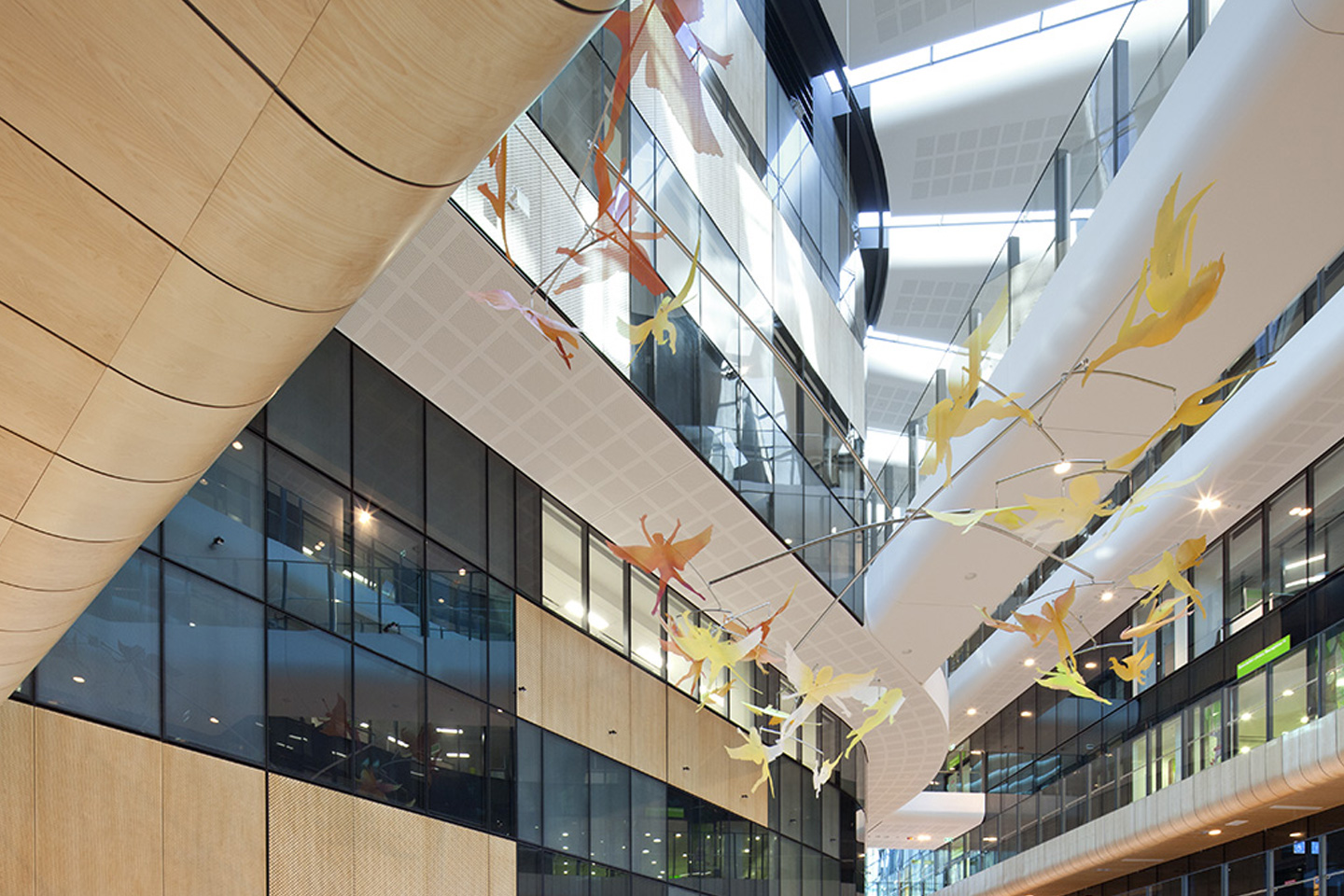
Investing in Infrastructure

Investing in Infrastructure | CEE
Foreword by PensionsEurope

PensionsEurope is pleased to support this publication on investing in infrastructure in Central and Eastern Europe (CEE). The region is among the fastest growing in the European Union and Member States’ governments are actively seeking solutions to achieve closer socio-economic convergence with Western Europe.
Despite strong economic growth, the CEE region continues to face substantial infrastructure gaps due to decades of underinvestment. Addressing these gaps is key for sustaining long-term development and unlocking the region’s full economic potential. In other countries, pension funds have played a meaningful role in infrastructure development as long-term investors.
Infrastructure is a particularly attractive asset class for pension funds, offering long-term stability and predictable cash flows that align well with their liabilities. These investments also provide a hedge against inflation, as revenues are often secured through regulated pricing or long-term contracts. Since the 2008 Global Financial Crisis, the global private infrastructure market has expanded significantly—tripling in size—with institutional investors currently owning or operating a considerable share of infrastructure assets worldwide.
In the CEE region, however, infrastructure investments remain predominantly driven by foreign investors, resulting in much of the economic value flowing abroad rather than benefiting local economies. Structural barriers continue to limit the ability of local pension funds to participate in infrastructure projects.
Yet, the region’s evolving infrastructure landscape—particularly in energy, transport, digital, and public infrastructure—offers substantial untapped potential. Removing these barriers could enable local pension funds to access inflation-resilient, long-term investments that not only strengthen their portfolios, but also contribute to regional growth, convergence with Western Europe, and improved quality of life for citizens. The proven success of this asset class in Europe and beyond shows that it can be both financially rewarding and socially impactful.
We hope this report provides valuable insights to stakeholders and supports ongoing efforts to strengthen pension systems, helping pension funds generate stable, strong returns and broaden their portfolio diversification.
- 2023 Central & Eastern Europe Private Equity Statistics, Invest Europe, June 2024.
- The Infrastructure Index is prepared annually by the Swiss-based International Institute for Management Development (2024).
- McKinsey Global Institute.
- The Official Monetary and Financial Institutions Forum.
- Infrastructure Investor, Global Investor 75.
Disclaimer
This document and the information contained herein is the proprietary information of Amber Infrastructure Limited (Amber). It may not be distributed, published, reproduced (in whole or in part) by any medium or in any form, or disclosed or made available by recipients, to any other person or used for any other purpose, without prior written permission from Amber. The information contained in this document is provided for general information only and should not be construed as a solicitation, offer, invitation, inducement or recommendation. Infrastructure is a longer-term investment and is subject to external threats and an ever-changing environment. Any reference to the Three Seas Initiative Investment Fund SICAV-RAIF (3SIIF) is for illustrative purposes only and is not a personal recommendation to invest in, buy or sell any fund, security or investment company nor to adopt any particular investment strategy. Examples of infrastructure assets and case studies used are not recommendations, but are illustrative only to demonstrate the capabilities, skills and experience of Amber and its affiliates. Any views and opinions expressed are those of Amber. Information, statistics, and data within this communication is subject to change and should not be acted or relied upon by any person without obtaining specific and relevant legal, tax, securities or investment advice. Sources are Amber unless otherwise stated.






